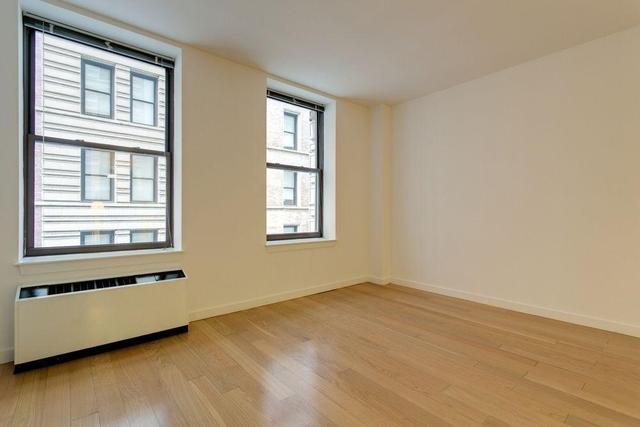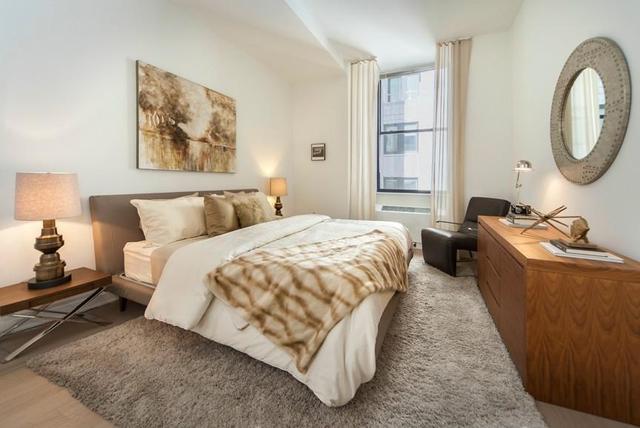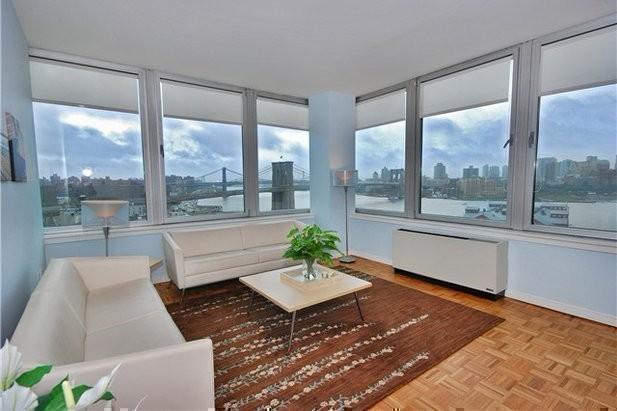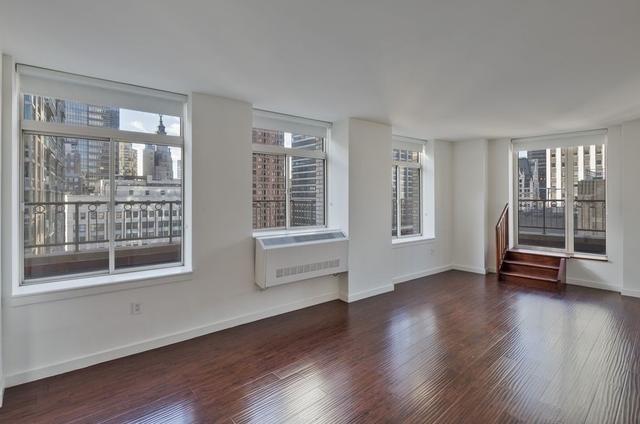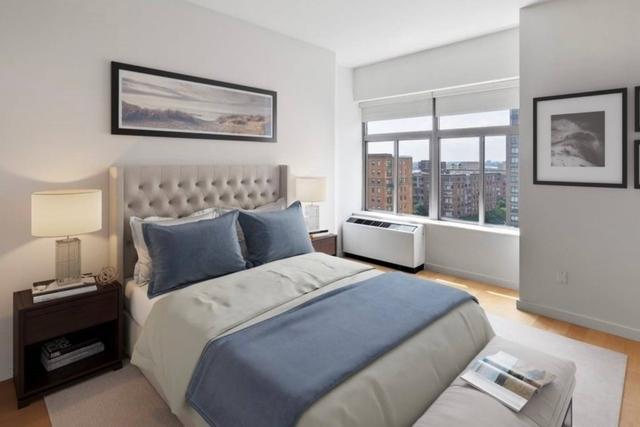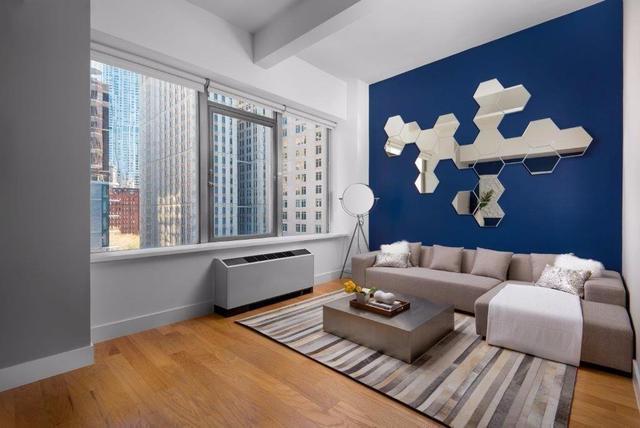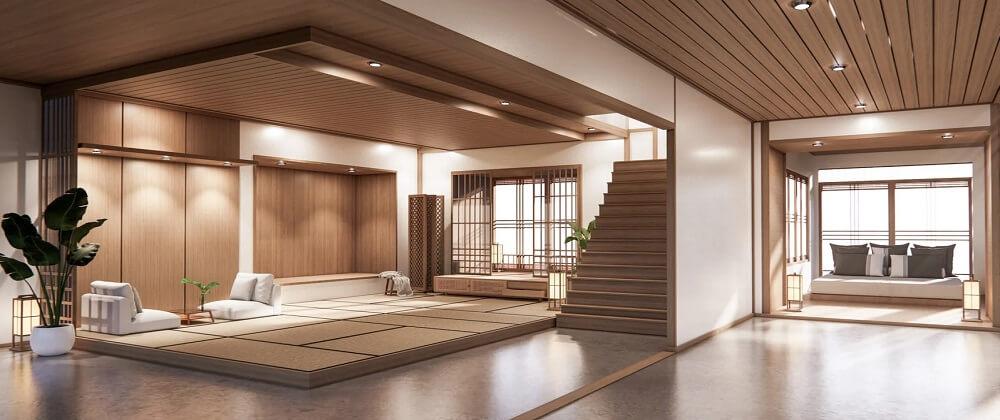
Key Benefits of 3D Rendering in Interior Design
By: ROS Team
The interior design market is one of the most dynamic in the world. This implies the constant emergence of new technologies and developments that change the game’s rules in many ways.
Such a turning point for interior designers was the introduction of computer rendering and the growing demand for 3D interior visualization services. Today, designers can use the latest software and hardware to bring a wide range of concepts and ideas to life with the utmost detail and precision.
Let’s take a look at the many benefits that 3D rendering has to offer, as well as the transformative impact this technology has on the industry.
Importance of 3D Rendering for Interior Design
The adoption and implementation of 3D rendering have revolutionized interior designers’ work.
The power of software has changed the way designers can conceptualize and present their ideas. The importance of 3D visualization lies in the fact that it is perhaps one of the most effective tools that allows you to create realistic representations for your projects. In this way, clients without an architectural background can now better understand design features, as well as evaluate spaces and their functionality with maximum accuracy.

The benefits of 3D rendering in interior design include:
Enhanced Communication: The Bridge Between Interior Designers and Clients
Among the most valuable advantages that benefit both designers and clients is that 3D rendering can significantly improve visual communication. This helps speed up many processes, prevent problems, and improve the quality of design services.
If more traditional methods, such as sketches and 2D drawings, have several limitations, for example, they often cannot convey the full volume and aesthetic appeal of the design, then 3D rendering solves this problem.
Besides better understanding between parties through visual communication, architectural visualization provides an immersive and exciting experience. This approach allows the client to understand all the subtleties and features of the design with clarity and precision. Thus, computer rendering became a kind of bridge between the designer’s vision and the client’s understanding.
Precise Visualization: The Rise of Residential Rendering
Today in the interior design market one can observe an increase in demand for visualization of townhouses and other residential properties.
The growing need for accurate room visualization has a number of reasons. Among the main arguments in favor of using 3D rendering is that this technology is a perfect tool for assessing the value of a property. Moreover, architectural visualization is a win-win solution for all parties involved: designers, real estate agents, developers, buyers, and owners.
Rendering allows you to demonstrate the layout and functionality of a space with the utmost precision and attention to detail. In addition, 3D visualization is an effective tool that can highlight the potential of a property, which is especially useful when it comes to luxury apartments and houses.
Thus, rendering technology finds a response among everyone who is in one way or another connected with interior design precisely because of its accuracy and realism.
Space to Experiment: Unleash Your Creativity
For designers, 3D rendering is the perfect catalyst for creativity. This tool allows you to experiment with concepts and try innovative ideas, thereby pushing the boundaries of traditional design.
The value of rendering is that a virtual 3D environment is an ideal place where a designer can “play” with different layouts, furniture placement options, and color schemes. This iterative process allows for rapid prototyping and iteration, allowing designers to develop concepts until they are perfect.
In the case of work, visualization helps to optimize the process of collaboration between the designer and the client. This increases the chance of creating spaces that exceed expectations.
Turn Concepts into Reality: Virtual Representation of Spaces
While people used to rely solely on their imagination during the design concept phase, today, thanks to the power of computer visualization, designers and clients can collaborate, and exchange ideas and valuable information easily. Due to this interaction and quick feedback, the parties involved can work more effectively on further design improvements.
This interactive approach helps improve customer satisfaction and ensures that the result fully matches the client’s vision and requirements.
Effective Real Estate Marketing: High-Quality Presentations and Realistic Renderings
Presentation is key in real estate marketing. Design renderings are a powerful marketing tool that allows developers and agents to showcase properties in the best possible light, from photorealistic visuals of the interior to stunning aerial photographs of the entire development. Renderings attract audiences, drive engagement and ultimately lead to faster sales and increased conversions.
So, with high-quality marketing materials at their fingertips, designers can effectively demonstrate the value of their concepts and thereby increase their client base and profits.
3D Rendering Services: The Future of Design
Since technology does not stand still, new tools and approaches are constantly emerging. This is especially true for dynamic markets such as interior design.
Using the power of 3D rendering, designers can achieve several benefits including streamlined workflows, reduced costs, and enhanced communication with clients.
Creating new concepts for projects or improving an existing space, rendering services allow you to complete these tasks in the most cost-effective and time-saving way. Thus, this leads to a more advanced, collaborative, and visually precise development process, making 3D rendering the future of design.
FAQs
What Role Does Virtual Reality Technology Play in Interior Design?
When it comes to architectural visualization, the main advantage of virtual reality is the effect of presence. With the help of VR devices, clients and designers can move freely in space in a virtual environment. This gives the most detailed and realistic feeling of the scale, value, and features of the space.
Can Designers Guarantee that Renderings Meet Expectations?
Many designers work closely with studios to ensure that the result is exactly what clients expect. Feedback possibilities, in this case, are the best tool to quickly respond to changes and make the necessary adjustments.
How Accessible are 3D Rendering Services for Visualizing Home Interior Design?
Many rendering studios provide customized offers, from basic packages for homeowners to comprehensive solutions for developers and designers. Thus, 3D rendering services become more accessible and affordable to a wider audience.
What are the Biggest Tendencies in 3D Rendering Now?
Today, the main trends in rendering for interior design are photorealistic 3D images, as well as the introduction of VR and AR solutions that expand design capabilities and provide an immersive effect.
Final Thoughts
Considering 3D rendering from the point of view of the benefits that this technology brings to both designers and clients, we can confidently say that its advantages are undeniable.
Architectural visualization capabilities enable seamless communication between parties and also allow experimentation with different ideas and bold concepts. This way, 3D rendering technology takes current interior design services to the next level, inviting designers to bring out new levels of creativity as well as increase their efficiency and client satisfaction to achieve superior results.
Read Also: Interior Design Hacks for NYC Renters



